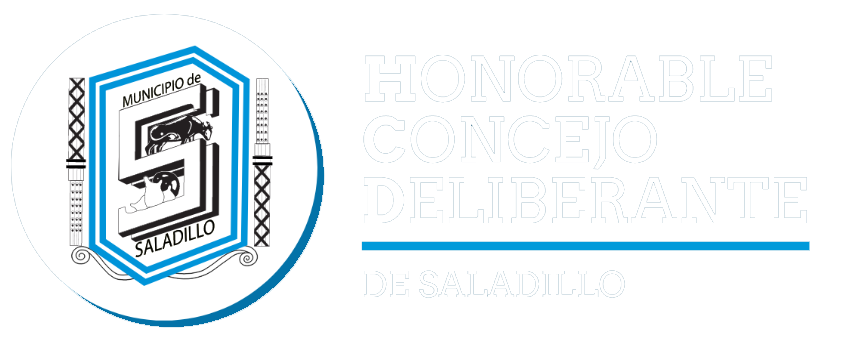Both models have unique advantages that can align with different business goals. Wholesalers generally have lower costs of goods sold than retailers, but retailers can achieve high profit margins if they have low overhead operating expenses. Both wholesalers and retailers can make healthy profits when they keep their cost of goods sold down and prices high. To maximize your savings, always compare wholesale prices with retail markups in your industry. Retailers aim for higher margins per product, which is why their prices are often higher than wholesale prices.
If you operate multiple storefronts, this convenience becomes especially important, as you won’t have to spend as much time conducting physical inventories. Specific identification inventory costing attaches cost to specific items in inventory. This is done using serial numbers or some other unique identifier. The retail method accounting system for inventory operates by using the current retail price to calculate inventory value. While deciding on an inventory valuation method may seem daunting, the truth is that many inventory systems will do the heavy lifting for business owners. In many cases, all they’ll need to do is download a report at the end of the month and pass that along to their accountants to have an accurate understanding of their costs.
How Cost Accounting Enhances Retail Financial Management
Retailers use retail accounting to get an estimation of the value of their available inventory without needing to assess and calculate it physically. Typically, wholesale prices are 30-50% lower than retail prices, varying by industry and product. This standard wholesale discount is a bulk purchase incentive for retailers.
- If a company sells products at a higher retail price than its wholesale price, it can increase its profit margins.
- This costing method is most often used when inventory is perishable and is a favorite for food retailers.
- Businesses with large volumes of similar products and fast inventory turnover—like clothing or grocery stores—benefit most from retail accounting.
- For example, if your sneaker brand marks up every pair of shoes by 100% of the wholesale price, you could successfully use the retail inventory method.
Get our monthly creative business tips & to do’s to your inbox
This is typically more complex than it sounds as inventory is often a ‘live figure’ that’s constantly changing as sales are made and more stock purchased. With the retail method, you total up the total costs of inventory and the total value of goods for sale, and then divide costs into retail value. The retail method works only if the retailer’s markup on the inventory is consistent across their entire inventory. Because markdowns reduce the retail amount of inventory on hand, just as sales do, it is possible to delay or take additional markdowns to affect Open to Buy. Not all buyers use this technique to cheat the system, but cost method accounting will completely eliminate this possibility.
Steps for implementing the cost method of accounting
- Implementing ABC enhances operational efficiency and aligns costs with business objectives.
- A cost-plus pricing strategy involves adding a markup to the production cost of a product, resulting in a higher retail price.
- Think about what your business needs to decide which method is best for you.
Online-only retailers operate through digital storefronts with no physical presence. They often use dropshipping or third-party logistics to manage inventory and shipping. Department stores offer a broad range of products, from clothing and electronics to home essentials, all organized into separate departments within a single location. Investing in a unified retail Point of Sale (POS) system gives you more control, better insights, and a smoother retail experience for you and your customers. So, you can avoid common forecasting woes and project customer demand with pinpoint accuracy.
Methods of Inventory Valuation
It’s different from retail accounting, which averages costs over categories. This method gives a clear picture of the cost of each item sold, making inventory management more precise. Choosing the right inventory valuation method depends on your products, goals, and how your business runs. This guide from our retail bookkeeping team for comparing retail and cost accounting methods will help you understand the differences between these methods. It uses a set markup to figure out the value of items sold and the cost of goods sold (COGS).
How To Manage Your Inventory Accounting with Zoho Books!
And if you’re starting an online store or growing a retail brand, keeping up is non-negotiable. Please note that the retailer really needs this mark up to cover their own higher overheads such as the shop rent, taxes, business rates, and staff. Hence it’s all a matter of using the right formulae to estimate your inventory.
This enables precise product pricing and profitability analysis. Activity-Based Costing (ABC) offers a detailed view of cost allocation. It attributes overhead costs to specific activities or products. Retail accounting vs cost accounting serve different purposes.
The Accounting Advisor
At that point, the expense for the purchase of the inventory is recorded as cost of sales or cost of goods sold on your profit and loss statement. The retail inventory method is only an estimate and should always be supported by period physical inventory counts. Troy needs to decide what type of inventory valuation system makes the most sense for his business.Let’s see how this one differs from the rest of the inventory costing methods. As more retailers take advantage of modern computer-based accounting systems, the cost method of accounting has become more popular. It’s a more accurate system because it tracks the cost of your inventory at the stock-keeping unit level, rather than averaging values across an entire department. In addition, because the cost method records inventory at actual cost instead of retail price, markdowns don’t affect the value of your inventory — or your company.
This happens when they try to keep up with customer demand but end up with more than they need. Excess inventory reduces profits and impacts financial reporting. The LIFO method of cost accounting is the opposite of the FIFO method. Modern accounting software provides retail vs cost real-time data access, enabling timely decisions.

